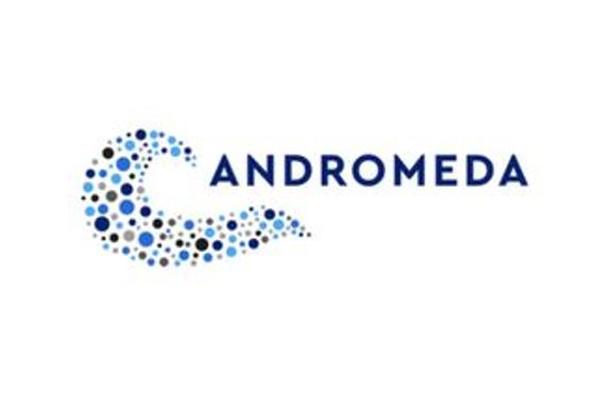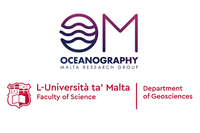ANDROMEDA microplastics
from 01/02/2020 until 31/12/2100
The Andromeda project brought together an international research partnership that combines the expertise and competencies of 15 international research institutes. The main objectives of the three-year ANDROMEDA project included the delivery of cost-effective analysis of microplastics by optimised in situ sampling methods and low-cost laboratory analysis, including efficient sampling as well as the refinement of advanced techniques to measure and quantify small and challenging types of microplastic particles. The project also aimed to investigate the degradation and fragmentation mechanisms of plastic into micro- and nano- particles (as happens constantly during the car tyre shredding process) and to study the release of additive chemicals during fragmentation and degradation processes. According to a recently-published study, in fact, it is estimated that 28% of all sea-borne microplastics consist of cigar-shaped car tyre fragments.
The project was led by the University d’Aix-Marseille and the Consortium featured a total of 15 partners, including the Oceanography Malta Research Group within the University of Malta, whose main task was the development and delivery of a citizen science smart phone app which automates the characterisation of photographed microplastics through an inbuilt algorithm, thus deploying Artificial Intelligence (Image Analysis) for environmental management purposes. The recorded microplastic images, and data derived from these images, are stored in a repository based on University of Malta servers. Although the ANDROMEDA project was concluded in 2023, the ANDROMEDA microplastics citizen science campaign is still ongoing.
Aim
The principal aim of the campaign is to create awareness, particularly among beach goers, about the problem that microplastics represent, especially in coastal areas. Furthermore, the citizen scientists help with the collection of data about microplastics found on the beach, by submitting photos of samples that they collect. These photos are analysed using AI and information about the samples found, such as size, colour and roughness, is extracted and recorded. The plastic samples are then deposited with the beach managers who deliver them to the University for futher lab analysis, thereby contributing to cleaning up the beach of microplastics.
Needed equipment
An ANDROMEDA microplastics beach kit is required. This can be collected from the beach managers on selected beaches. Photos of the samples collected are submitted via the ANDROMEDA microplastics smartphone app.
Created Jan. 29, 2025, 3:13 p.m.
Updated Jan. 30, 2025, 6:39 a.m.

